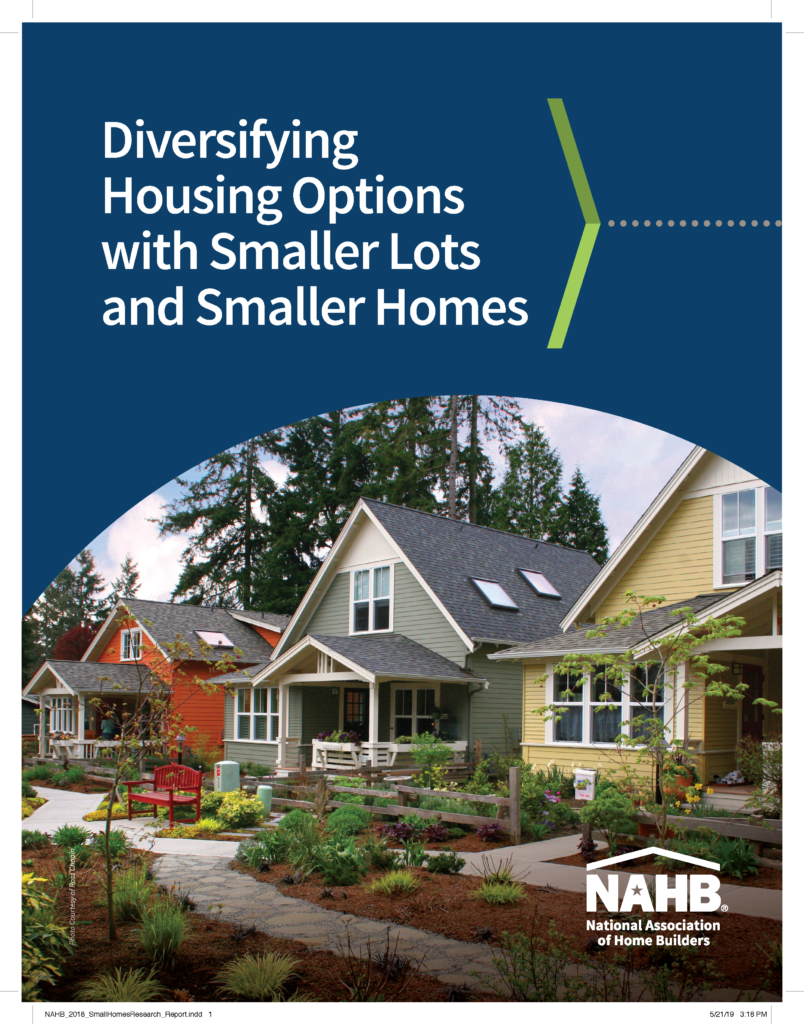Recently, the state of Oregon has moved to use the power of policy to influence housing affordability, diversity and flexibility. In what some are calling an effective ban on single-family zoning, the state is requiring that multifamily units be allowed on land previously reserved just for single-family homes.
Oregon H.B. 2001, effective Aug. 8, 2019, mandates that each city with a population greater than or equal to 25,000 allow all middle housing types, and/or a duplex, on each lot or parcel that previously allowed for the development of detached single-family dwellings. This language has led to many sensationalized headlines labeling the move as a ban or elimination of single-family zoning.
Although this policy mandates the allowance of multifamily units on land previously only available for single family, it does not, in fact, outright prohibit single-family zoning or development — one can still build single-family houses in Oregon. In fact, the bill should give builders and developers more flexibility and opportunities to build an expanded range of housing types in the state.

The bill also requires that metropolitan service districts with populations of more than 10,000 and less than 25,000 allow duplexes on sites that were previously available only for single-family units.
Under the Oregon law, middle housing is defined as duplexes, triplexes, quadplexes, cottage clusters and townhouses. NAHB recently released a report, “Diversifying Housing Options with Smaller Lots and Smaller Homes,” that details these “missing middle” housing types, and how the lack of it has exacerbated housing shortages and acted as a barrier to housing affordability.
Eleven case studies from across the United States illustrate how innovative land-use policies that encourage the development of housing, such as Oregon’s legislation, promote greater housing affordability and meets the varied needs of an increasingly diverse home-buying population.

Case studies include:
- Meridian Court: Two single-family lots in Pasadena, Calif., were combined to create a house-scale condominium building comprising 10 townhouse units and improve site density to 26 units per acre.
- Mews Townhouse Units:, The flexibility of this type of housing proved useful by turning an awkward lot configuration into a successful, small scale project in South Jordan, Utah, and similarly increased site density while providing two- and three-bedroom townhouses.

Oregon is in fact following a national trend in updating city codes that for years have led to a majority of land use being dedicated to single-family homes.
Minneapolis, for example, has made news with its new urban plan, Minneapolis 2040. Approved this past December, this plan allows the development of duplexes and triplexes on single-family zoned plots. Similar erroneous headlines appeared soon after that Minneapolis had banned single-family homes. More than 70% of Minneapolis was previously available only to single-family housing, which limited supply, increased housing prices, contributed to urban sprawl and reinforced racial and class segregation.
Opposition to these types of innovative regulations often comes from entrenched Not In My Backyard (NIMBY) sentiments from existing residents. Property value and neighborhood congruity are common arguments against altering single-family zoned areas. However, appropriate zoning and design considerations can be of use to qualm these concerns. “Diversifying Housing Options with Smaller Lots and Smaller Homes”provides resources on such code requirements, as well as examples of both ordinances and housing projects that break the traditional mold of housing in innovative and successful ways.
Traditional zoning has often been cited as a barrier to affordability. A fresh round of research continues to point to strict zoning ordinances as impeding supply and affordability in the United States. Innovative policy shifts that increase the flexibility in land use and the tools available to construct varied housing should be good news for builders, developers, renters and homebuyers.
Using policy to promote a greater diversity in housing stock can better accommodate an increasingly diverse population with varying income and generational needs. Check out NAHB’s Housing for All toolkit for additional resources, including other creative solutions for the housing affordability.
Post by Nick Julian, land use program manager at the National Association of Home Builders.

